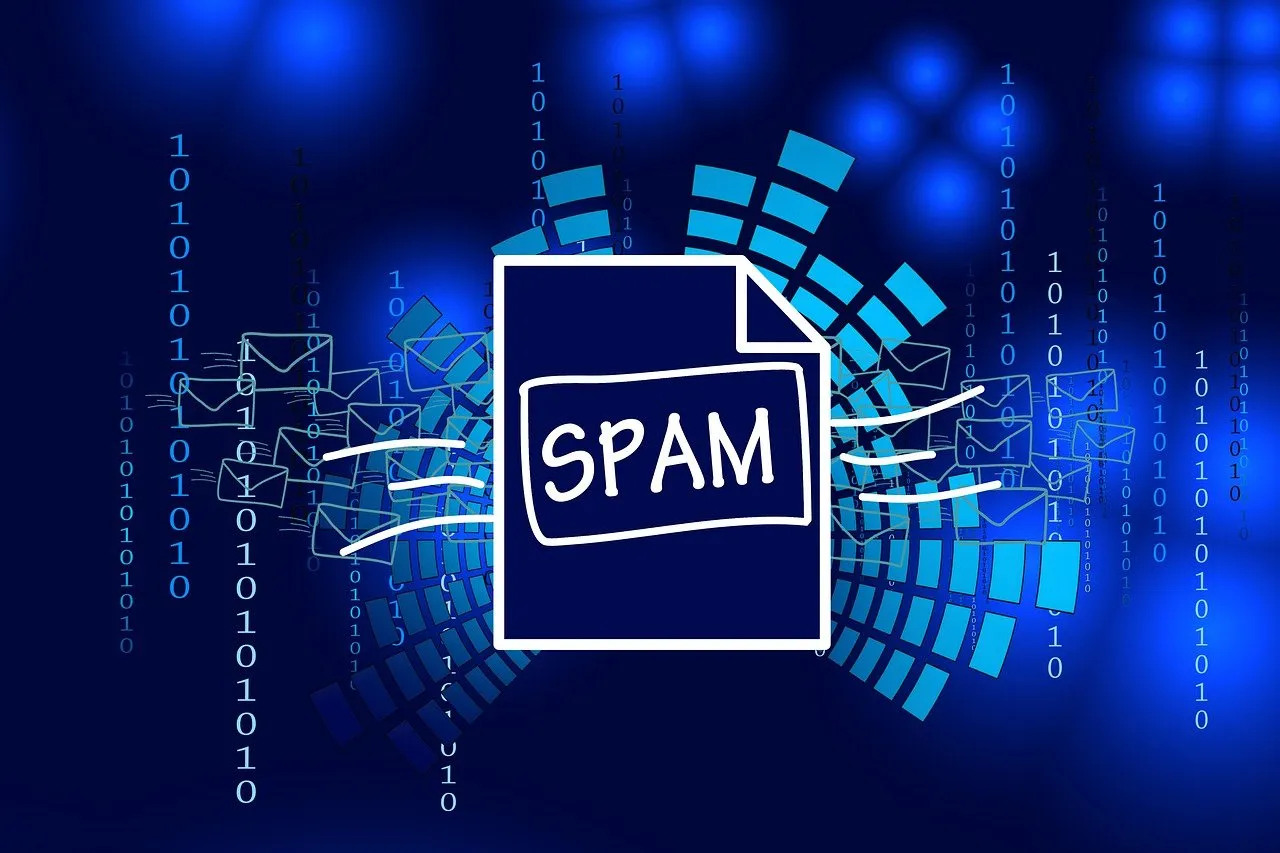Artificial Intelligence (AI) has revolutionized many facets of our digital lives, but not all advancements bring positive outcomes. In recent months, AI-generated spam has become increasingly prevalent on social media platforms, posing significant challenges for both users and regulators. This surge in AI-driven content is not only annoying but also potentially harmful, as it blurs the lines between genuine interactions and deceptive practices.
The Rise of AI-Generated Spam
AI-generated spam on social media involves the use of sophisticated algorithms to create and disseminate vast amounts of content designed to engage users. This content can range from photorealistic images to convincing text, often indistinguishable from genuine posts. Platforms like Facebook and Instagram are particularly vulnerable, as their recommendation algorithms can inadvertently promote these AI-generated posts, increasing their reach and impact.
Why is AI-Generated Spam Problematic?
Deceptive Practices
One of the primary concerns with AI-generated spam is its potential to deceive users. Scammers and spammers leverage AI to create lifelike images and persuasive text that can trick individuals into believing false information or engaging with fraudulent content. For instance, AI-generated images of luxury goods or improbable scenarios (like Jesus made out of crustaceans) are used to draw users’ attention and drive traffic to ad-laden websites.
Automated Botnets
Researchers from Indiana University found that AI-powered bots are being used to run large networks of fake accounts on platforms like X (formerly Twitter). These botnets can generate thousands of posts, promoting everything from fraudulent cryptocurrencies to fake news, further degrading the quality of online information.
Social Media Platforms’ Response
In response to the growing threat of AI-generated spam, social media platforms are adopting new strategies to combat the spread of deceptive content. Meta, for example, has announced plans to label AI-generated content on its platforms, including Facebook, Instagram, and Threads. This initiative aims to provide users with more context about the content they are viewing, helping them distinguish between real and AI-generated media.
Meta’s policy updates, informed by consultations with global experts and public opinion surveys, reflect a broader approach to managing AI-generated content. The company has committed to adding “Made with AI” labels to photorealistic images and other AI-generated media to enhance transparency and combat misinformation.
The Role of Fact-Checkers
To support these efforts, platforms are collaborating with independent fact-checking organizations. For instance, Meta’s partnership with the Misinformation Combat Alliance (MCA) involves a dedicated WhatsApp helpline for users to report and verify suspected AI-generated content. This initiative is part of a broader strategy to detect, prevent, and raise awareness about AI-driven misinformation.
The Future of AI-Generated Content
While AI technology continues to advance, the challenge of distinguishing between genuine and AI-generated content will only intensify. AI’s ability to produce persuasive and personalized spam means that existing spam filters and moderation tools must evolve to keep pace. As AI becomes more sophisticated, so too must the defenses against its misuse .
The rise of AI-generated spam on social media is a stark reminder of the double-edged sword that technological advancements can be. While AI offers numerous benefits, its potential for misuse highlights the need for vigilant monitoring and robust countermeasures. As social media platforms and regulators work to address this issue, users must also remain informed and cautious about the content they encounter online.















Add Comment